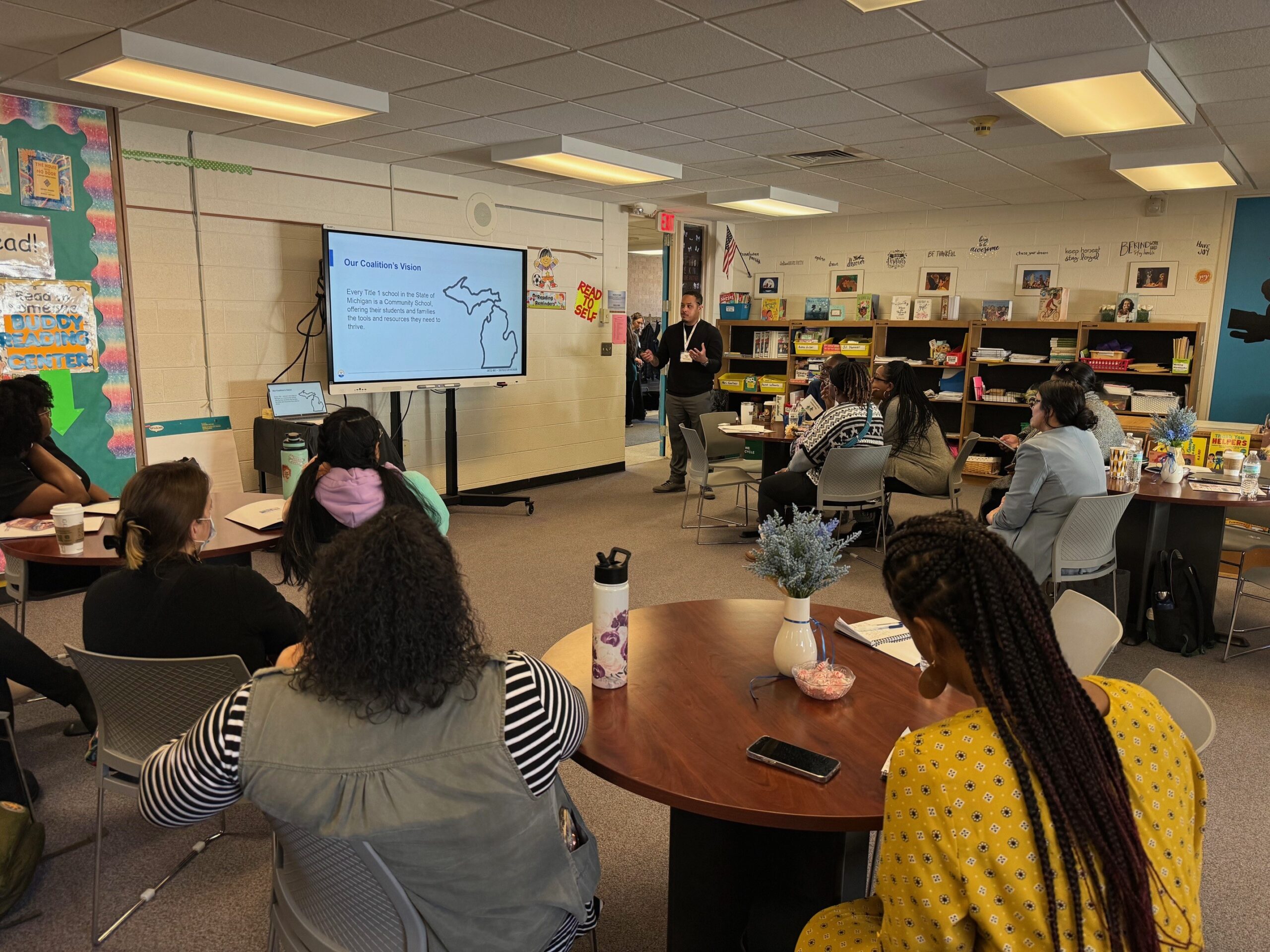
Read the full story from Education Week here.
“To understand the community school model, you first have to ask yourself what you want from a school. A focus on academic excellence? A safe environment? Medical and therapeutic services? A community gathering space? Access to food, clothes, and other necessities?
If you ask community school advocates, the answer should be all of the above. But most public schools can’t deliver on all those.
“Particularly for kids and families and communities with a lot of economic and other challenges, schools are not really equipped to handle all of those issues by themselves,” said Kwesi Rollins, interim director of the Coalition for Community Schools, a network of community schools and nonprofits that support the model. “They need deeper partnerships. They need folks to come together, and they need to figure out how to blend and braid funding to address a lot of the complexities that keep kids from being fully able to participate in school.”
The idea is that when schools can provide more resources, such as health care and counseling services, students experience fewer barriers to learning and have more reasons to attend. When students can go to school and get medical care onsite, they don’t have to miss important lessons in math, science, and reading to travel to an off-site doctor’s appointment. When parents have access to free groceries and healthy recipes through food drives and food banks, their kids are less likely to feel hungry and distracted in class.”